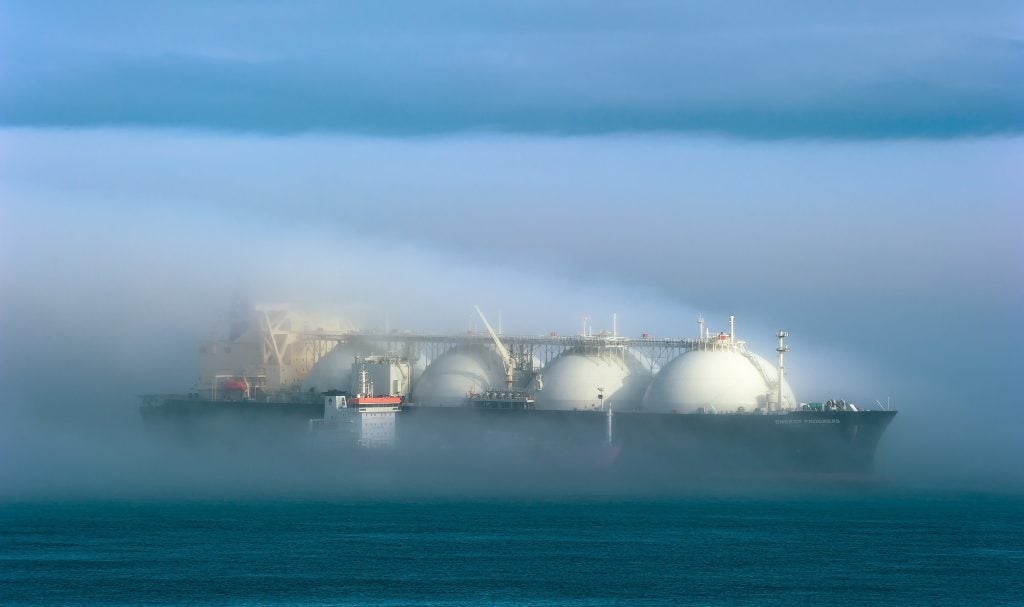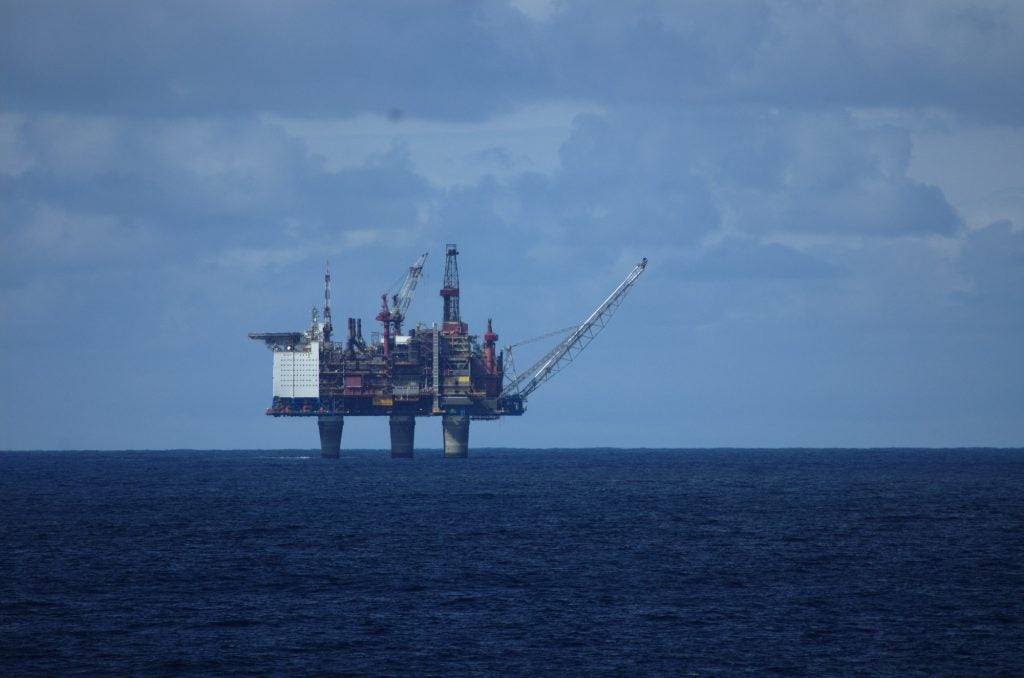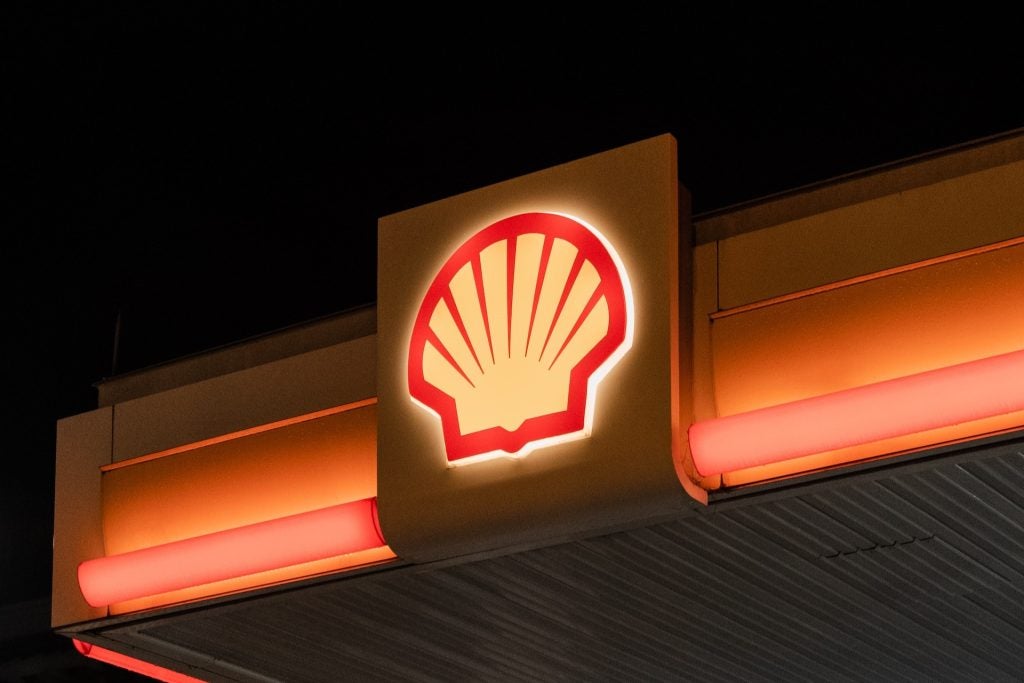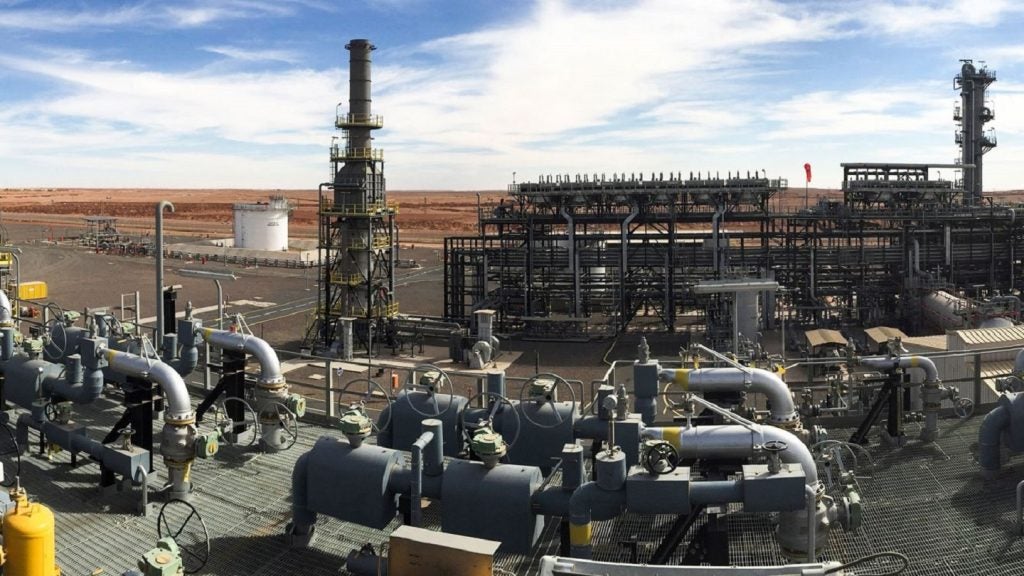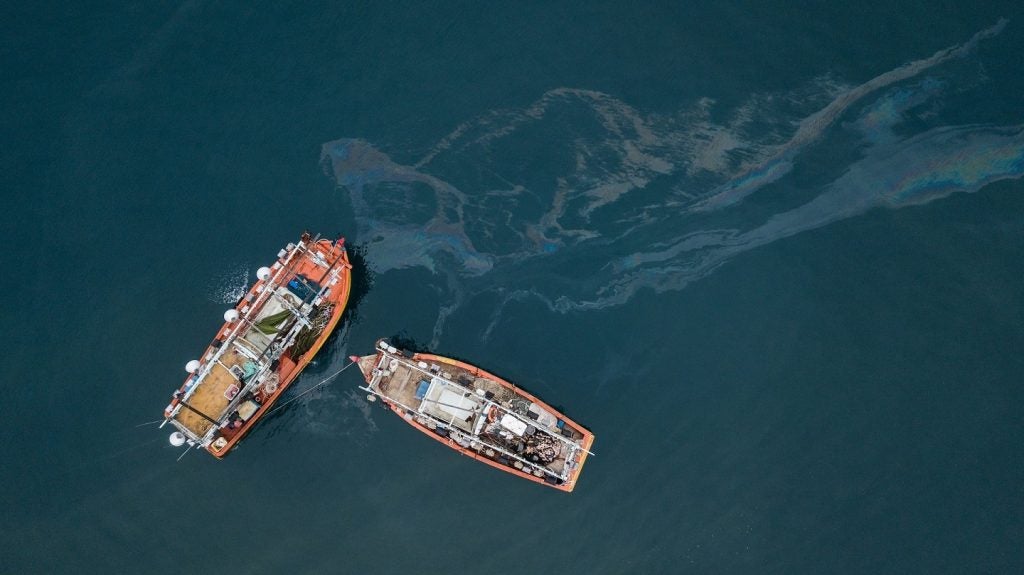The International Energy Agency's (IEA) recent oil report says that “a sharp escalation in geopolitical risk in the Middle East has markets on edge”.
In its October issue of the oil report, the IEA said the Israel-Hamas attacks since 7 October has “not had any direct impact on oil flows” currently, although it “spurred traders to price in a $3–$4 per barrel of crude oil (bbl) risk premium” when the markets opened, stabilising prices since.
Oil prices surged to almost $98 per barrel in mid-September following voluntary production cuts by Saudi Arabia and Russia. The IEA highlights the prospect of “higher for longer” interest rates due to fluctuating prices, slowing down economic and demand growth for crude oil.
“Voluntary cuts are expected to keep the oil market in deficit as OPEC+ could pump 1.3 million barrels per day (mb/d) below the call on its crude in 4Q23,” the IEA said. Russian oil export revenues rose from $1.8bn (Rbs174.41bn) to $18.8bn in September, the highest since July 2022.
The rising Brent crude oil prices by early October, combined with supply fears, deteriorated macroeconomic indicators and showed “signs of demand destruction” in the US. The IEA data showed that US gasoline consumption fell to a two-decade low.
The demand growth in China, India and Brazil saw an increase of 2.3 million barrels per day (mbpd) to 101.9mbpd in 2023, and the predicted growth is expected to slow down to 900 thousand barrels per day (kbpd) in 2024.
In September, Nigeria and Kazakhstan were the leaders in oil production as world oil output rose 270kb/d to 101.6mbpd. The report also said the overall OPEC+ output is set to decline in 2023, as global output driven by non-OPEC+ will increase by 1.5mbpd and 1.7mbpd in 2023 and 2024, respectively.
“The Middle East conflict is fraught with uncertainty, and events are fast developing,” said the report. With tightly balanced oil markets, the IEA anticipates the international community will remain “focused on risks to the region’s oil flows”.




